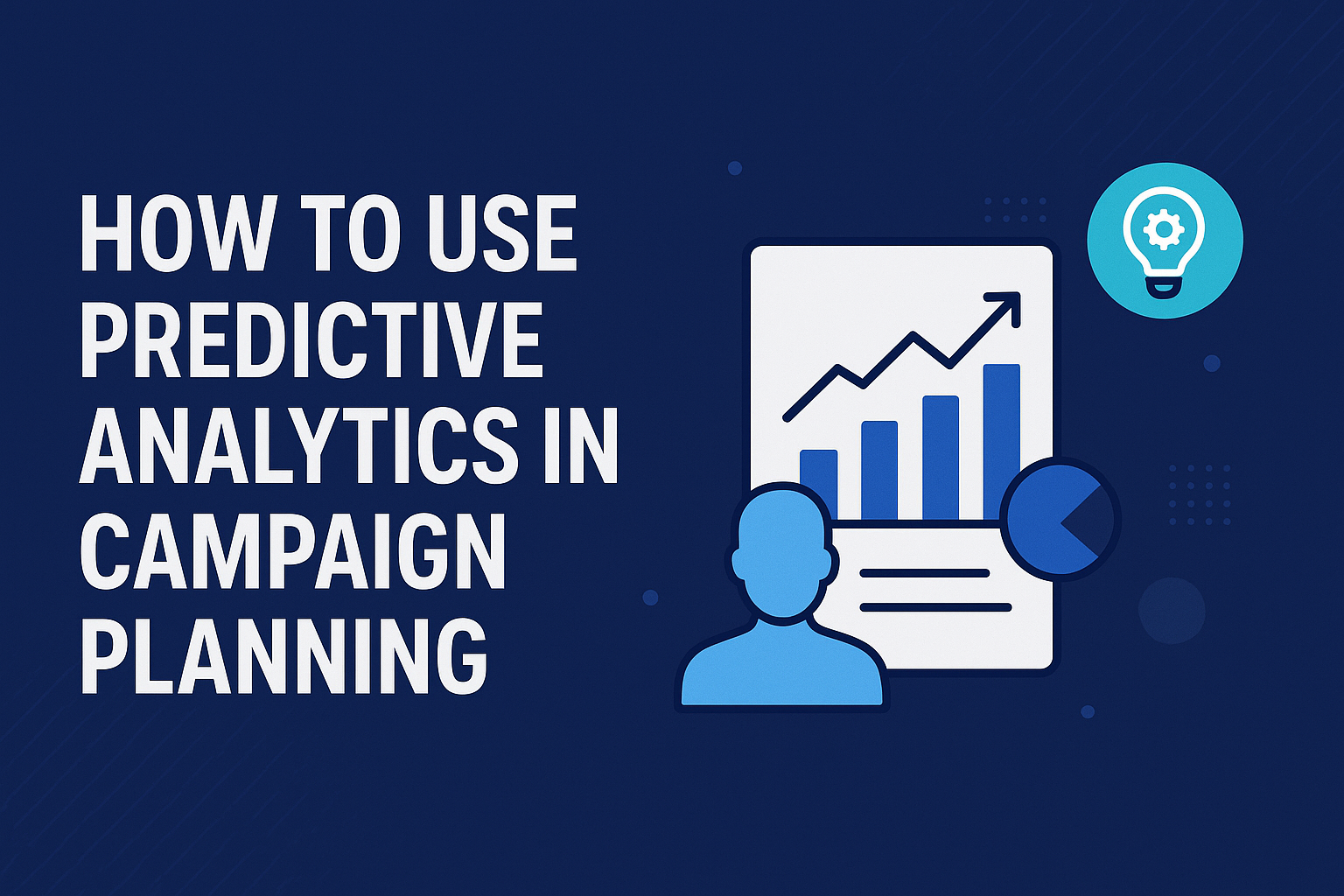
Introduction
In today’s digital age, where a brand’s social media presence can make or break its reputation, consistency is not optional—it’s essential. Social media is more than just a channel for updates; it’s a reflection of your brand’s voice, values, and visual identity. This is where brand guidelines for social media come into play.
Whether you’re a startup building a presence from scratch or an established company scaling globally, cohesive branding across platforms like Instagram, LinkedIn, Facebook, and X (formerly Twitter) is vital. Let’s break down how to craft brand guidelines tailored specifically for social media.
Why Social Media Needs Its Own Brand Guidelines
While traditional brand books offer broad design and messaging rules, social media requires its own blueprint due to its dynamic and fast-paced nature. Each platform has different audiences, formats, and best practices. Without platform-specific guidelines, even strong brands can appear fragmented or out of sync.
Key reasons for specific guidelines:
- Diverse content formats (stories, reels, carousels, posts, ads)
- Varying audience expectations per platform
- Need for quick, on-brand responses to trends and engagement
- Maintaining trust with your audience through visual and tonal consistency
Core Elements to Include in Your Social Media Brand Guidelines
- Platform-Specific Tone and Voice
- Define how your brand speaks on each platform. LinkedIn may be more formal; Instagram may be more playful.
- Include do’s and don’ts for language, emojis, and slang.
- Visual Identity
- Color Palette: Define primary, secondary, and background colors.
- Typography: Specify font choices and sizes for headers, captions, and overlays.
- Image & Video Style: Outline rules for filters, framing, and visual themes.
- Content Pillars
- Identify the key content themes your brand will focus on (e.g., tips, behind-the-scenes, product features, user-generated content).
- Define ideal posting frequency for each pillar.
- Templates and Layouts
- Provide reusable templates for posts, stories, reels, and thumbnails.
- Mention the correct logo placement, spacing, and branding overlays.
- Hashtag and Emoji Strategy
- Include a list of approved branded hashtags and frequently used industry hashtags.
- Establish rules for emoji use to maintain tone consistency.
- Engagement Guidelines
- Standardize responses for DMs and comments.
- Outline crisis communication tactics for negative feedback.
- Brand Taglines and Key Phrases
- Include taglines or CTAs used consistently across social media.
- Clarify phrasing preferences (e.g., “Join Us” vs. “Get Started”).
- Post Formatting and Caption Length
- Provide ideal caption structures and character count guidelines.
- Include rules for line breaks, hashtags, and tagging other accounts.
Benefits of Social Media Brand Guidelines
- Consistency: Ensures uniformity in tone, visuals, and message across all platforms.
- Efficiency: Streamlines content creation, especially when working with agencies or new team members.
- Trust: Strengthens audience recognition and loyalty.
- Scalability: Makes it easier to scale content creation while staying on-brand.
Implementation Tips
- Centralize your guidelines in a shared internal document or platform like Notion, Canva, or Figma.
- Train your team—from designers to social media managers—on how to apply the guidelines.
- Audit regularly—social platforms evolve quickly. Revisit your guidelines every 6–12 months.
Conclusion
Creating brand guidelines for social media isn’t just about looking good; it’s about building a brand that people remember, trust, and want to engage with. By investing in a solid set of social media guidelines, you empower your team to post with clarity, creativity, and confidence—no matter the platform.
FAQs
1. Why are social media brand guidelines different from general brand guidelines?
Social media guidelines are tailored for real-time content, audience interaction, and diverse visual formats that general brand guidelines don’t always address.
2. What’s the first step in creating social media brand guidelines?
Start by auditing your existing platforms. Identify what’s consistent, what’s not, and what your audience engages with most.
3. Do small businesses need social media brand guidelines?
Absolutely. Even if you’re a one-person team, guidelines help maintain consistency and make scaling easier.
4. How often should brand guidelines be updated?
Ideally every 6–12 months, or whenever you experience a rebrand, platform update, or major shift in content strategy.
5. What tools can help with creating these guidelines?
Use platforms like Canva for templates, Notion for documentation, and Figma for visual rules. AI tools can also streamline tone-of-voice creation and content review.
Social media guidelines are tailored for real-time content, audience interaction, and diverse visual formats that general brand guidelines don’t always address.
Start by auditing your existing platforms. Identify what’s consistent, what’s not, and what your audience engages with most.
Absolutely. Even if you’re a one-person team, guidelines help maintain consistency and make scaling easier.
Ideally every 6–12 months, or whenever you experience a rebrand, platform update, or major shift in content strategy.
Use platforms like Canva for templates, Notion for documentation, and Figma for visual rules. AI tools can also streamline tone-of-voice creation and content review.



